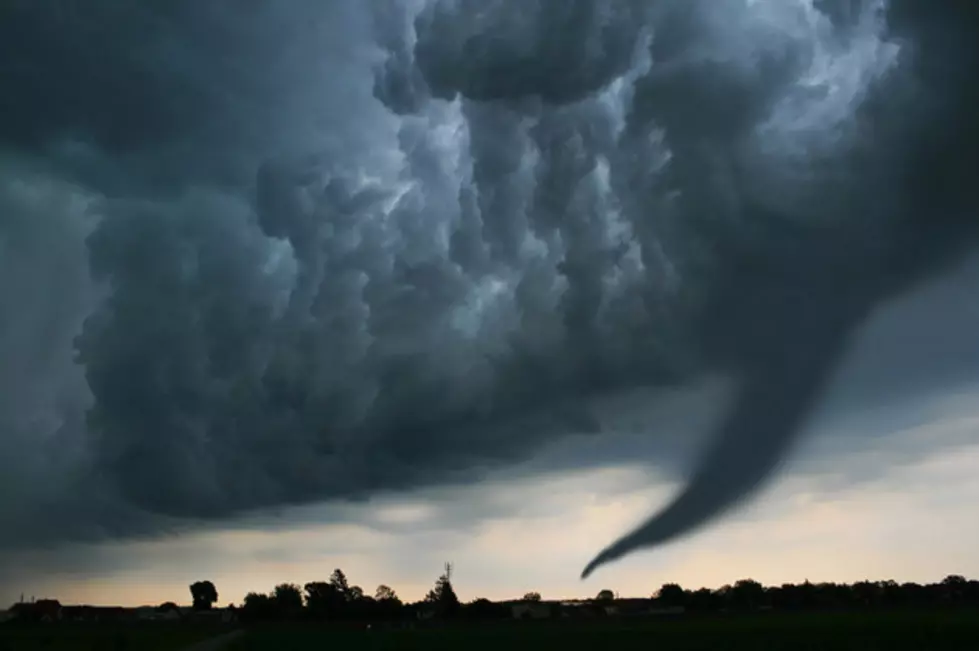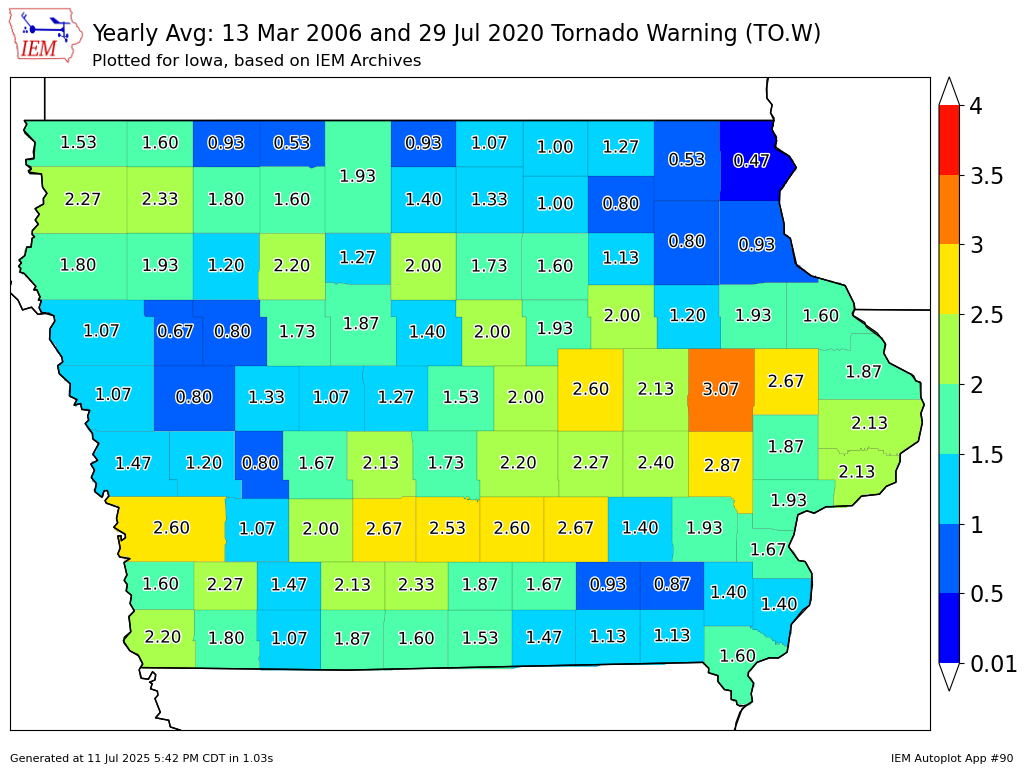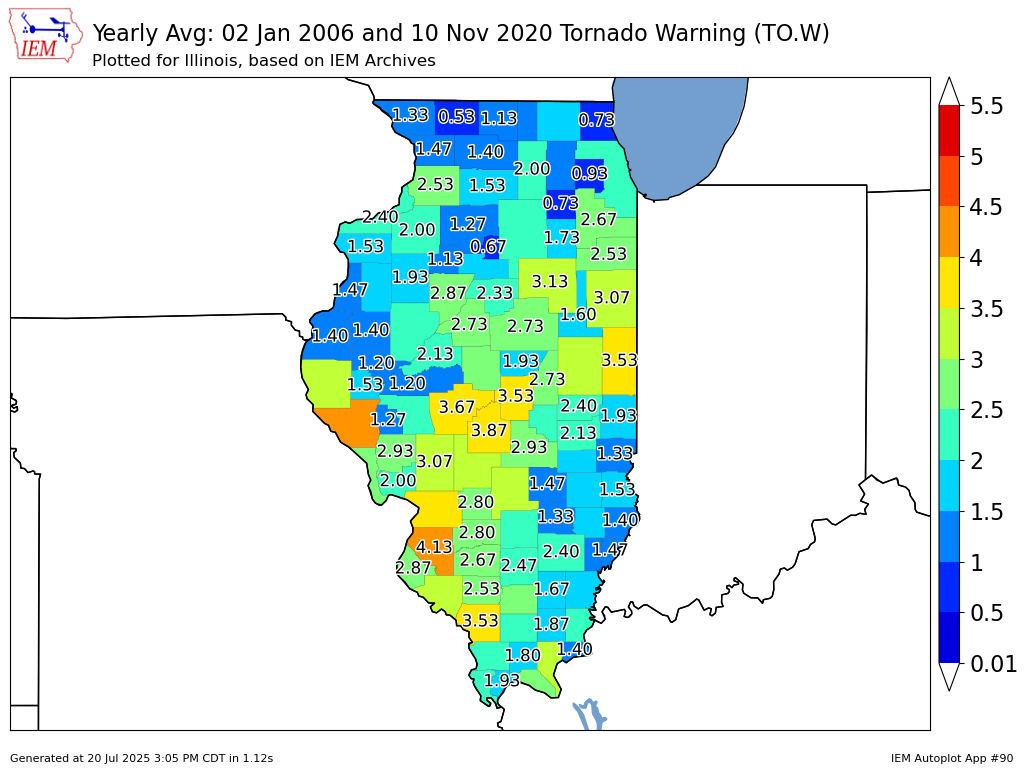
The Quad City’s Chances Of Getting Hit By A Tornado
It feels like we don't see a lot of tornados in the Quad Cities, and it's a good thing. Even though we don't see tornadoes hit the inner city portions of the Quad Cities, in the rural parts, tornados do happen. New data has come out showing the chances of a tornado hitting the Quad Cities area, and to me, it seems a lot higher than I thought.

The derecho back in August of 2020 was devastating. That storm was compared to more of an inland hurricane. In the Quad Cities, we see a derecho about once a year, according to the National Weather Service. Most aren't as powerful as the one back in August, but they do happen.

The only reason I bring up the derecho is because that was really the most recent, severe, and extremely devastating storm. While a derecho once a year seems frequent, we actually see tornados a little more frequently throughout the year.
In Iowa, it is Severe Weather Awareness Week. To get people aware to prepare for severe weather this season, Iowa Environmental Mesonet at Iowa State University is giving data on certain topics to make people aware of the dangers of severe weather with facts and date. On Wednesday, they wanted to take a look at just how frequent tornados happen in each county in Iowa and each county in each state throughout the country.
To find the average amount of times a tornado happens in each county, Iowa Environmental Mesonet looked at how many tornado warnings each county has issued between March 13, 2006 to July 29, 2020. They look at the amount of tornado warnings because the National Weather Service issues a tornado warning when a tornado is observed and/or indicated to be imminent by Doppler RADAR.
After calculating all of that data, this is what they found:


Between Scott, Rock Island, Clinton, Whiteside, Muscatine and Cedar counties, we see on average two tornados a year. In Iowa, Linn county has the highest frequency of tornados and averages 3.07 tornados per year. In Illinois, Pike county averages 4.47 tornados per year, which is the highest in Illinois.
See below more information from the National Weather Service of the Quad Cities about Severe Weather Awareness Week in Iowa.
LOOK: The most expensive weather and climate disasters in recent decades
More From B100









